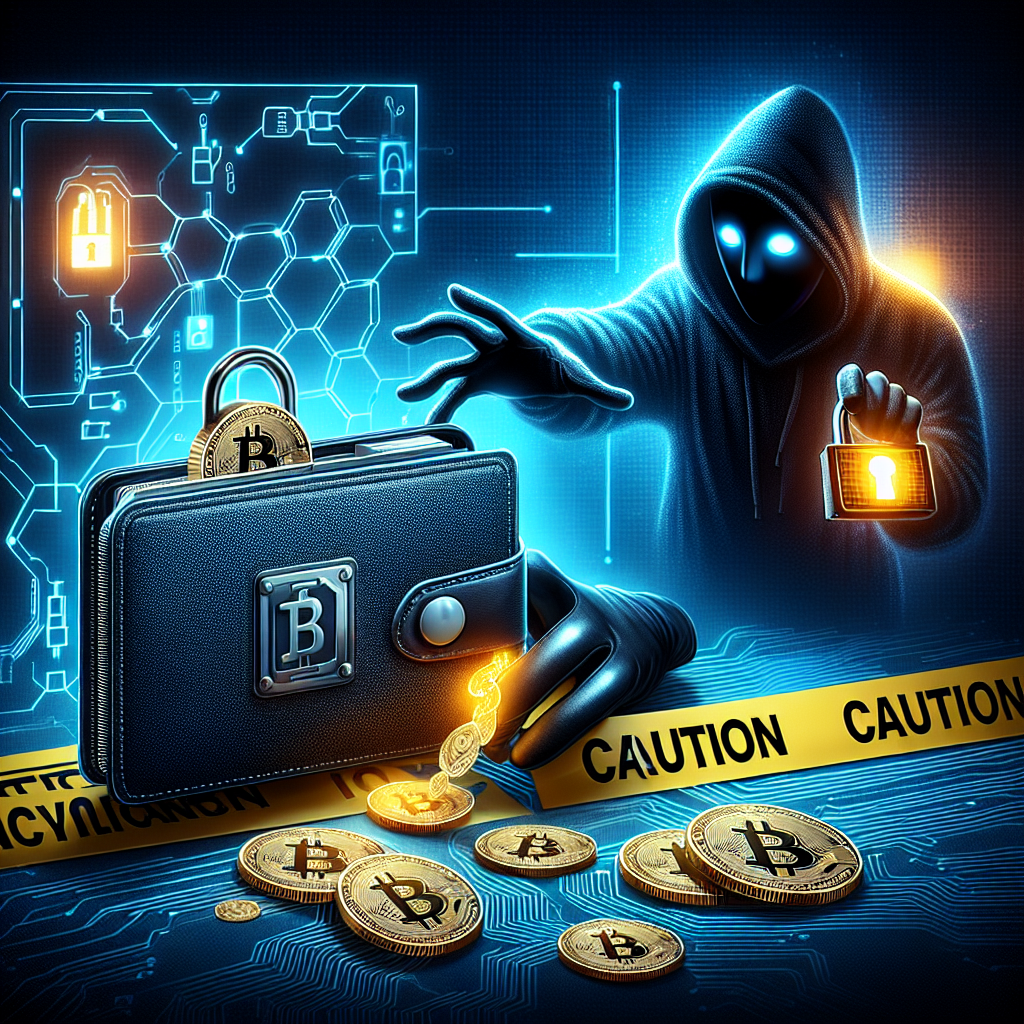A recent incident involving a modified hardware wallet has raised concerns in the cryptocurrency community after nearly $30,000 worth of digital assets were stolen. According to security experts at Kaspersky, the victim lost 1.33 BTC ($29,585) due to new tactics employed by cybercriminals.
Hardware wallets are typically considered one of the safest methods for storing cryptocurrency, but attackers have devised new ways to exploit unsuspecting users. Stanislav Golovanov, a cyber incidents investigation expert at Kaspersky, highlighted the dangers of purchasing infected or fake devices that can compromise the security of digital assets.
In this particular case, the victim did not make any transactions on the day of the theft, and their cold wallet was not connected to a computer. As a result, the theft went unnoticed until later.
The investigation conducted by Kaspersky revealed that the hardware wallet purchased by the victim had been tampered with. Despite appearing identical to the original device, it was poorly assembled with glue and tape instead of proper welding. The attackers made several modifications to the firmware, including disabling protective mechanisms, replacing the random seed phrase with a preset one, and using only the first character of any additional password.
These alterations provided the attackers with 1280 possible combinations to access the fake wallet’s key, granting them complete control over the compromised device. The microcontroller and flash memory within the wallet were also tampered with, indicating that the victim unknowingly purchased an infected hardware wallet.
To safeguard crypto assets, Kaspersky experts recommended purchasing hardware wallets from authorized sources, inspecting for signs of tampering, verifying firmware authenticity, and securing seed phrases with strong passwords.
This incident comes on the heels of a separate case where a US man was charged with fraudulently obtaining $110 million worth of cryptocurrency from Mango Markets and its customers. As the popularity of cryptocurrencies continues to grow, it is essential for users to remain vigilant and take necessary precautions to protect their digital assets from malicious actors.

